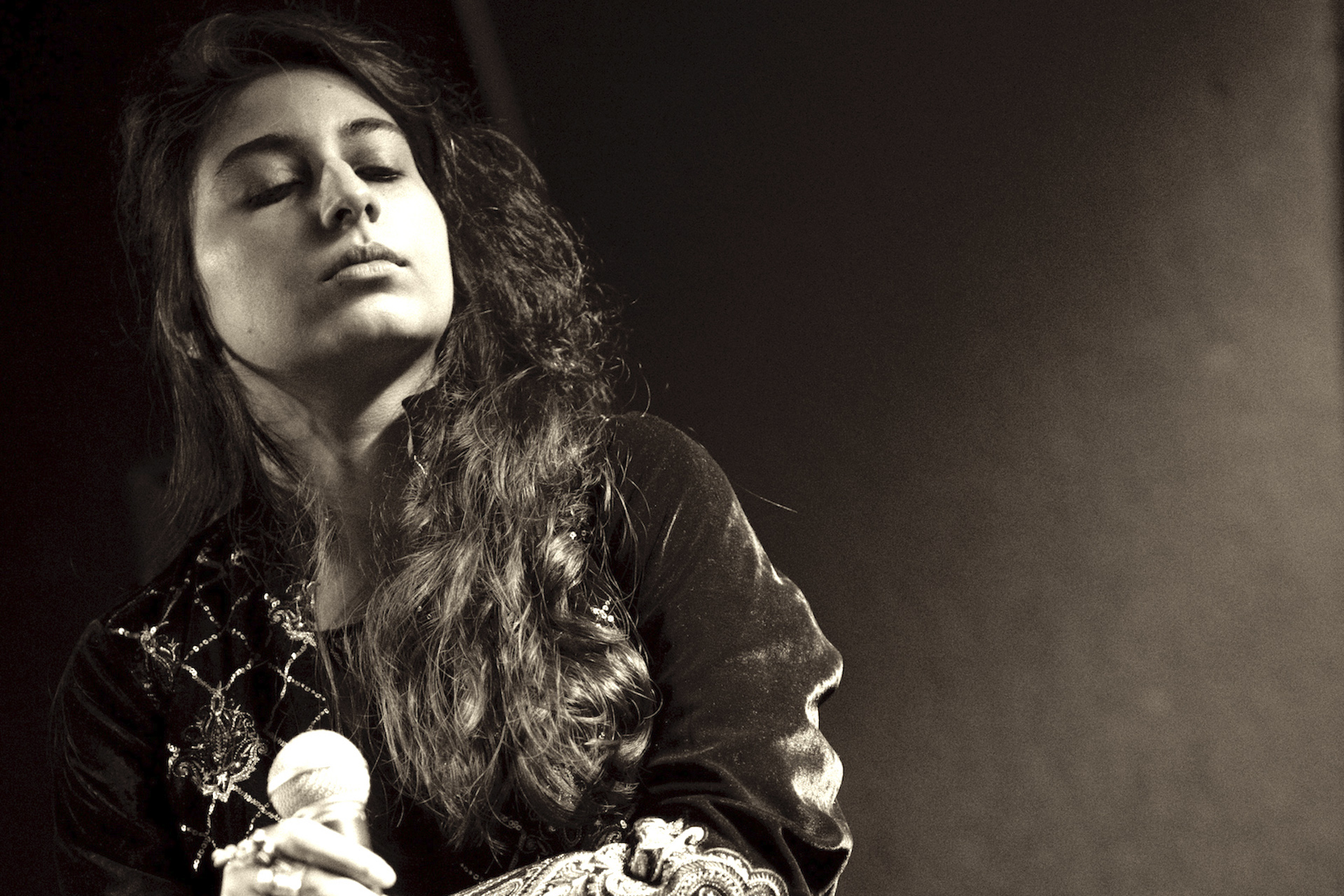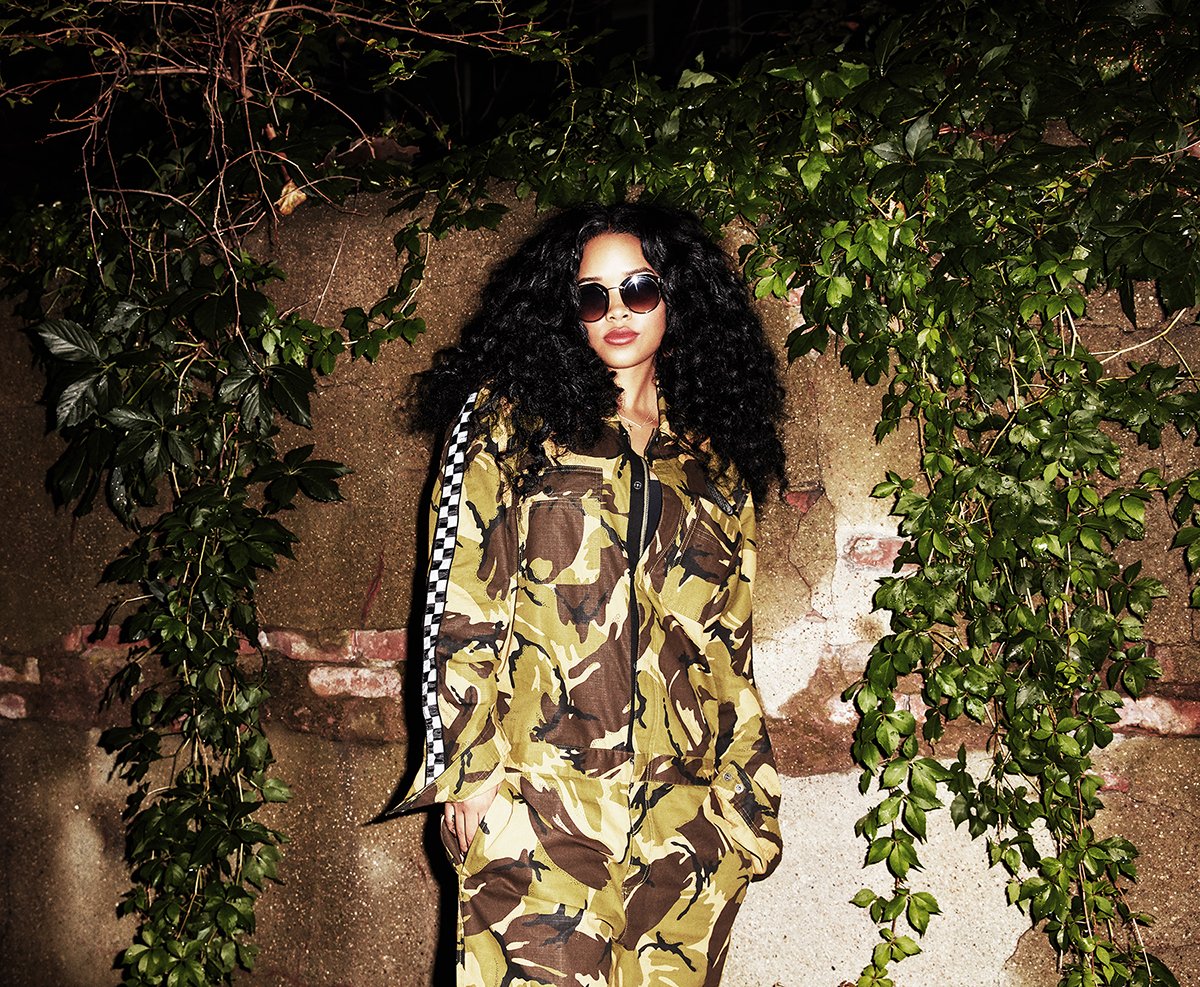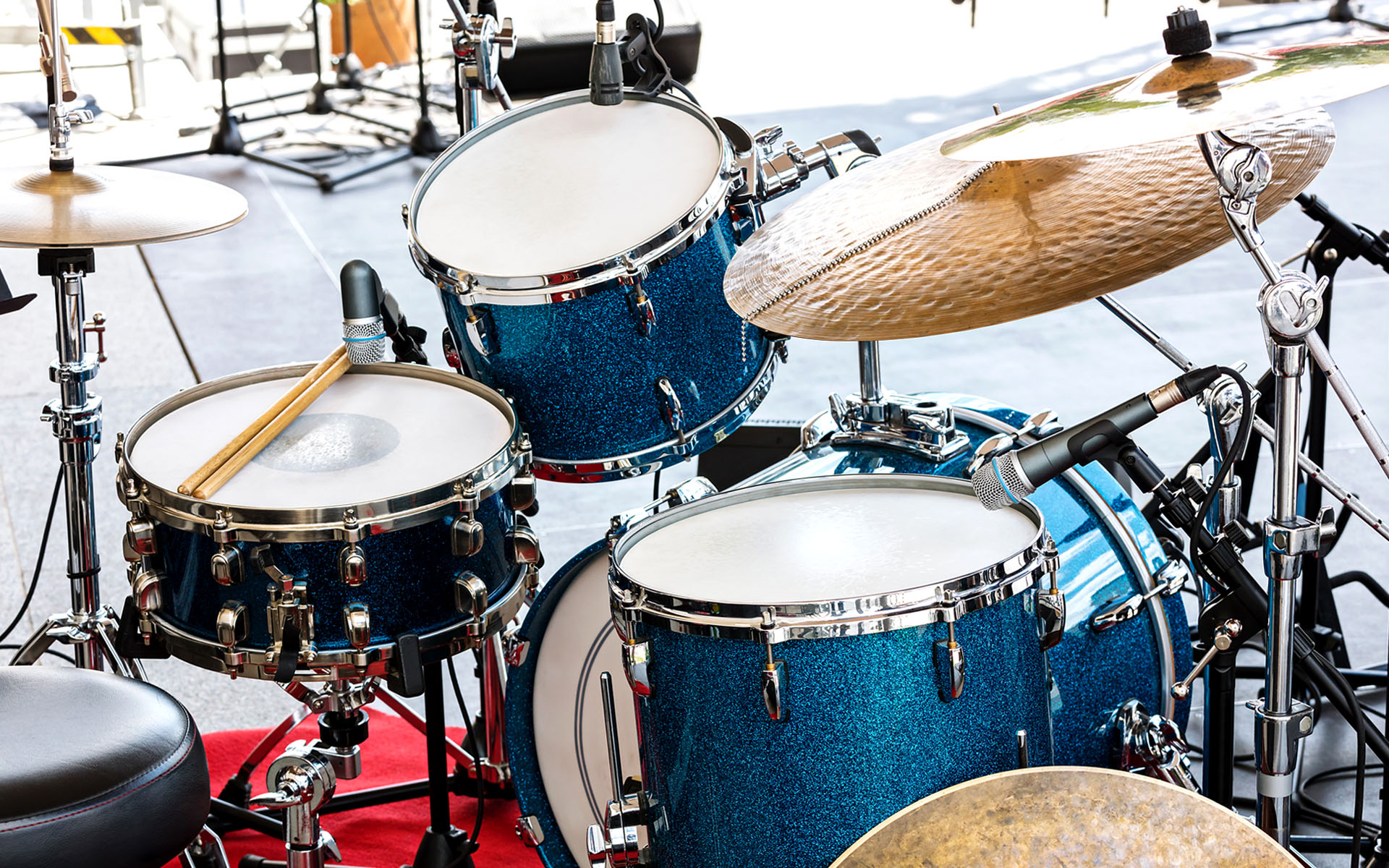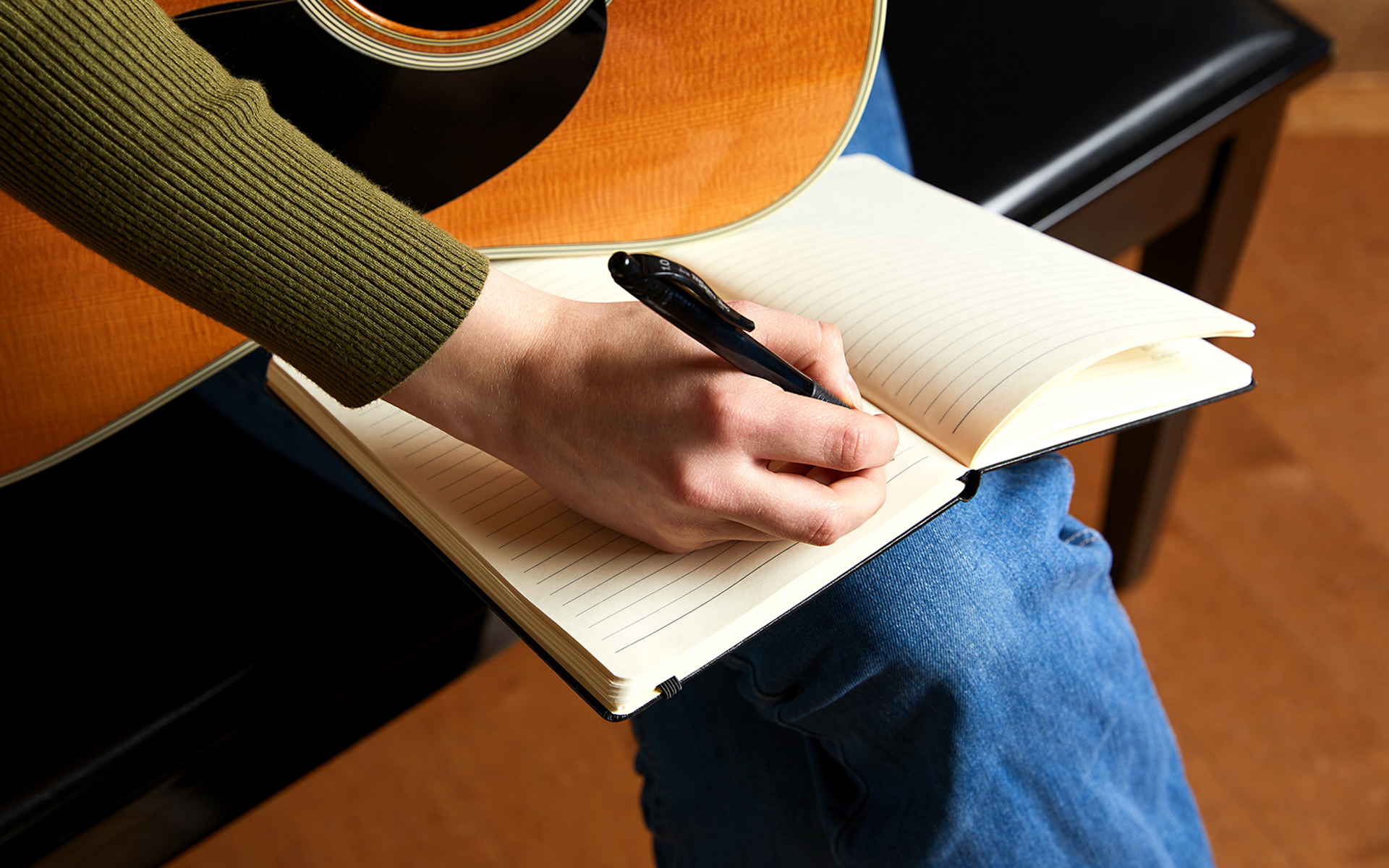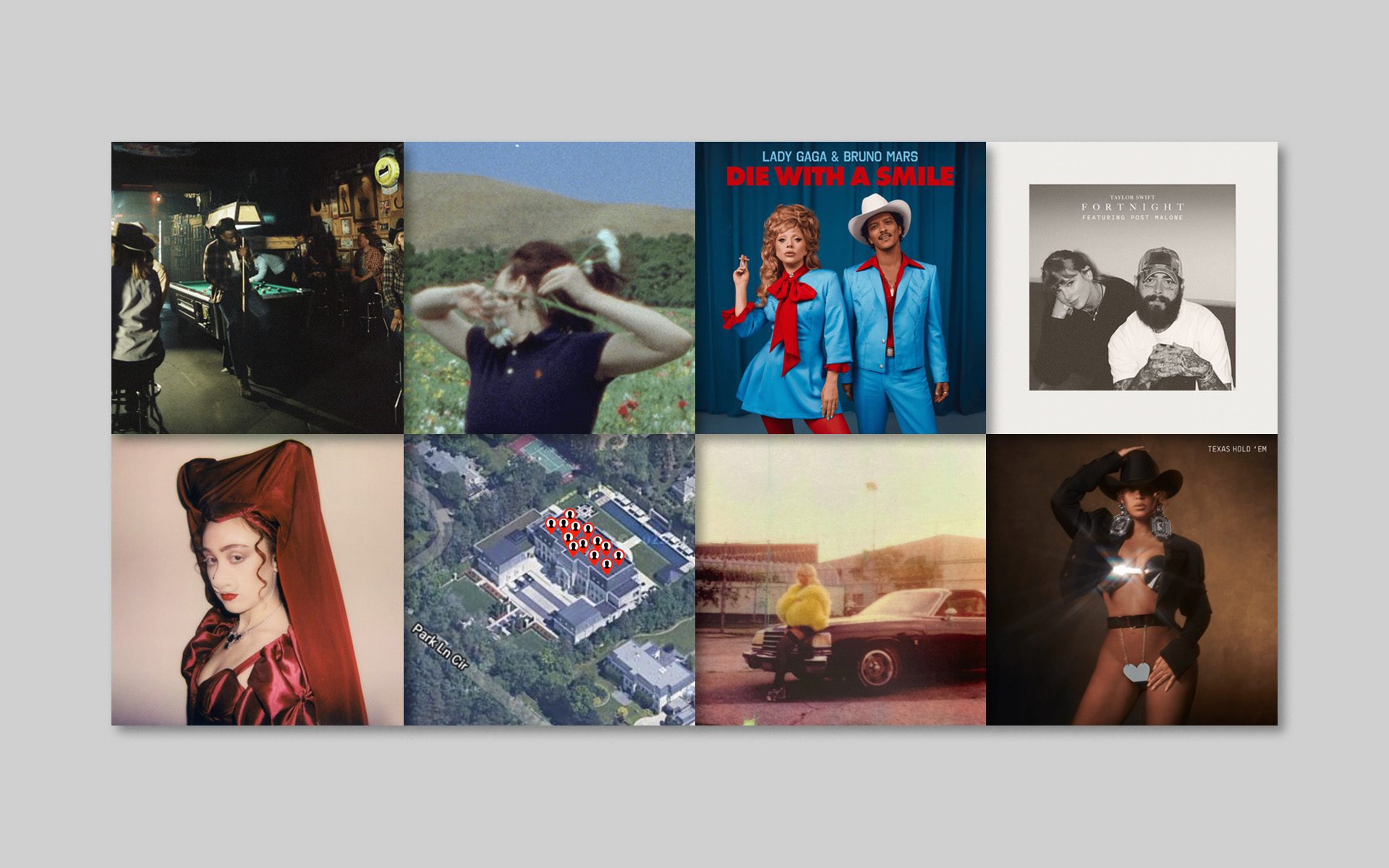A big word in the craft of songwriting is “prosody.” It’s not exactly a household term, or even a sexy one at that. But it is at the heart of why some songs just feel magical and others, well, don’t. Simply put, prosody is the agreement between music and lyrics. If chords, melody, lyrics, and groove are part of the song body, prosody is the body language. In a few Berklee Online courses, we use the example of “Friends in Low Places,” by Garth Brooks, where when he hits the word “low” in the chorus, he goes for a low note. Voila! Prosody! While this is one instance where the music and lyrics are in agreement, prosody is more than just a clever wink at the listener: When the melodic and harmonic choices deeply support the lyrical message, the moving parts act as one. The experience is that of authenticity. We simply believe what the artist is singing and saying is true.
I was recently listening to “Hard Place” by H.E.R., trying to find evidence of this important concept. A simple song with the same three chords repeating throughout and melodies that though beautiful, don’t necessarily challenge the capabilities of the singer, I wondered what made me feel so inclined to believe the song was inspired from a true and shared human experience.
In my search for prosody, I discovered a tool of the craft—the effect of controlling the phrase lengths and their positions in the measure. Once again, not sexy. But without a doubt, a tool that we songwriters often overlook and the secret to great prosody. Let me explain.
Each section of the song—verse, pre-chorus, and chorus—use phrase length and position a little differently. In the verse, each one-bar melodic phrase begins after the downbeat of the measure. This produces a beautiful conversational quality. And with short notes and loose settings, the very structure of the melody is as deliberating and uncertain as the message the writer is aiming to convey. The structure matches the message.
With the pre-chorus we get a significant change in the melody, and brand new prosody. The phrases start on the downbeat and involve long notes. As the singer now shifts over to talk about her own desires, the melody feels more secure, starting on a chord tone. The long, four-bar phrase lifts and then falls, moving me to feel the relief in knowing what she wants. Great prosody!
TAKE A SONGWRITING COURSE WITH ANDREA STOLPE
One other important ingredient in the melody has to do with the pitches the writers have chosen for the verse and pre-chorus. A non-chord tone dominates the verse. The uncertainty she expresses in the lyric is reinforced by the lack of resolution with pitch. Starting on a non-chord tone produces a constant unsettled motion. Contrast that with the pre-chorus, and we hear more chord tones beginning the phrases in this new section. This helps the section to feel more confident, more resolved.
Getting back to phrase length, our final section of contrast begins at the chorus. Where we had four-bar phrases, we now have two. Where the melody started on the downbeat, it now starts before the downbeat. Where we started on a chord tone, we now shift again to a melody that begins on a non-chord tone. Again, you just can’t beat the prosody.




